
As I journey through the vast landscape of measurement and instrumentation, I am captivated by the intricate tools that unveil the secrets of our world. From multimeters to current probes, these instruments are like trusted companions, guiding us towards accurate and precise measurements.
In this article, we will delve into the depths of these remarkable devices, exploring their inner workings and revealing the advancements that have revolutionized the field.
So join me on this enlightening quest as we unravel the mysteries of measurement and instrumentation together.
Key Takeaways
- Multimeters and oscilloscopes are essential tools for measuring voltage, current, and resistance in electrical circuits.
- Signal generators are used for testing, troubleshooting, and calibrating electronic circuits, and they allow for custom signal creation.
- The precision and sensitivity of measurement instruments are crucial for accurate measurements and instrumentation.
- When selecting measurement instruments, it is important to consider the specific needs of the application, the trade-off between accuracy and cost, and the balance between functionality and budget limitations.
The Basics of Multimeters
Multimeters are essential tools for measuring voltage, current, and resistance in electrical circuits. They provide accurate and reliable measurements, allowing us to understand the behavior of electrical systems.
With a multimeter in hand, I can effortlessly measure the voltage across a component or determine the current flowing through a circuit. By simply switching the dial and connecting the test leads appropriately, I can switch between different measurement modes and obtain precise readings.
These versatile devices offer various features such as auto-ranging, which automatically selects the appropriate measurement range for optimal accuracy. Additionally, some advanced models even allow for data logging and connectivity with other devices for further analysis.
Multimeters grant freedom in exploring electrical phenomena, empowering users to make informed decisions based on reliable measurements.
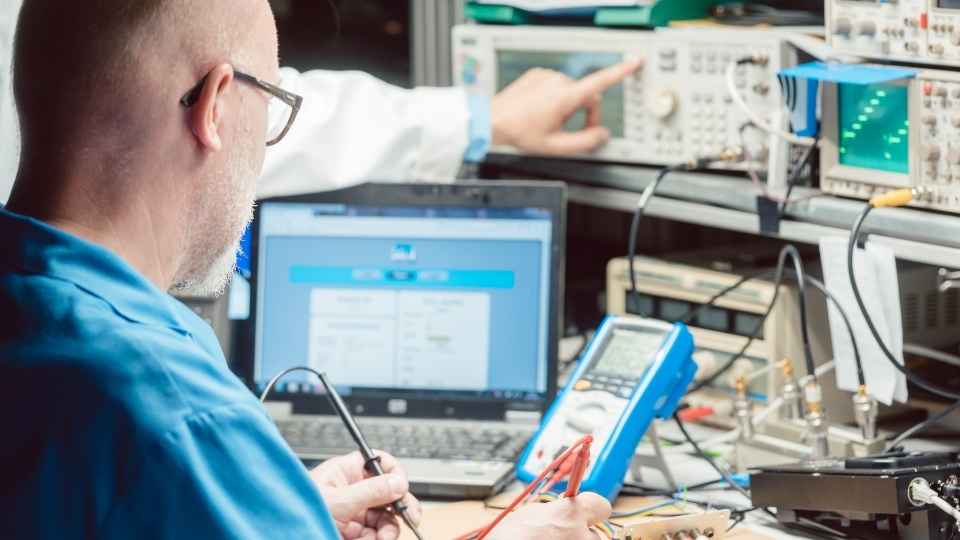
I haven't used one before, but I'm interested in learning more about oscilloscopes and how they visualize waveforms. As a tool commonly used in electrical engineering and other scientific disciplines, oscilloscopes provide a visual representation of electrical signals over time.
Here are four key aspects to understand about oscilloscopes:
Display: Oscilloscopes typically have a cathode-ray tube (CRT) or a liquid crystal display (LCD) screen that shows the waveform graphically.
Timebase: The timebase control allows you to adjust the horizontal scale of the display, enabling you to zoom in or out on specific parts of the waveform.
Vertical Amplifier: This circuitry amplifies the input signal vertically, allowing you to observe small changes in voltage accurately.
Triggering: The triggering function synchronizes the waveform display with specific events or patterns, ensuring stability and clarity.
Exploring Signal Generators and Their Applications
When exploring signal generators, it's important to understand their various applications in electrical engineering.
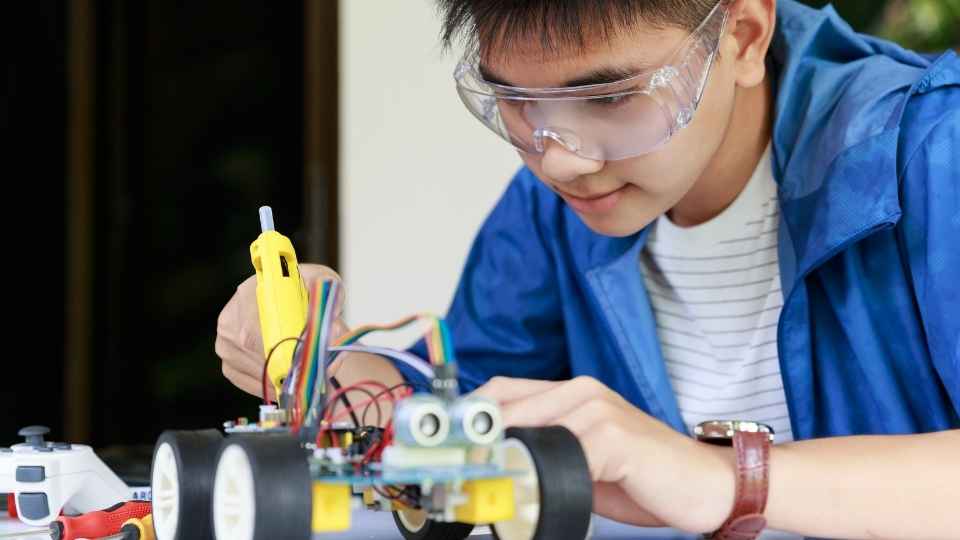
Signal generators are devices used to generate electronic signals of different frequencies, amplitudes, and waveforms. These signals are crucial for testing and troubleshooting electronic circuits, as well as for calibrating other instruments.
In electrical engineering, signal generators find wide application in areas such as research and development, manufacturing, telecommunications, and audio equipment testing. They can be used to simulate real-world conditions or specific waveform patterns required for a particular experiment or test.
Signal generators provide engineers with the freedom to create custom signals tailored to their specific needs, allowing them to analyze the behavior of circuits under different operating conditions. Their versatility makes them an indispensable tool in modern electrical engineering practices.
The Precision of Current Probes
As we delve into the topic of current probes, it's essential to understand their precision. The precision of current probes refers to their ability to provide accurate and reliable measurements.
In this section, we'll explore the factors that influence the precision of current probes and distinguish between accuracy and sensitivity in measurement.
Current Probe Accuracy
The current probe's accuracy may vary based on different factors. To ensure precise measurement, it's important to consider the following:
Calibration: Regular calibration of the current probe is necessary to maintain accuracy and reliability.
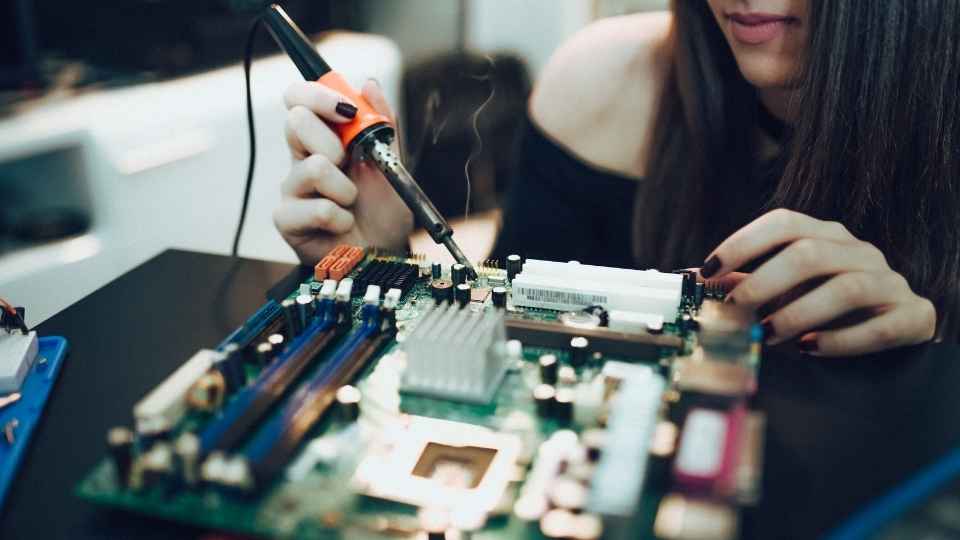
Probe quality: The quality of the current probe can greatly impact its accuracy. Higher quality probes tend to provide more accurate measurements.
Ambient conditions: Environmental factors such as temperature, humidity, and electromagnetic interference can affect the accuracy of the current probe.
Measurement range: Using a current probe within its specified range ensures optimal accuracy.
These factors must be taken into account when using a current probe for accurate measurements.
Maintaining precision in measurement requires careful consideration of both sensitivity and accuracy, which will be discussed further in the next section.
Precision Vs. Sensitivity
To achieve precise results, it's important to understand the difference between precision and sensitivity. Precision refers to the level of repeatability and consistency in measurements, while sensitivity relates to the ability to detect small changes or variations in a measurement. In other words, precision focuses on reducing random errors and obtaining consistent values, whereas sensitivity emphasizes detecting even the smallest differences or fluctuations.
Both factors play crucial roles in accurate measurements and instrumentation.
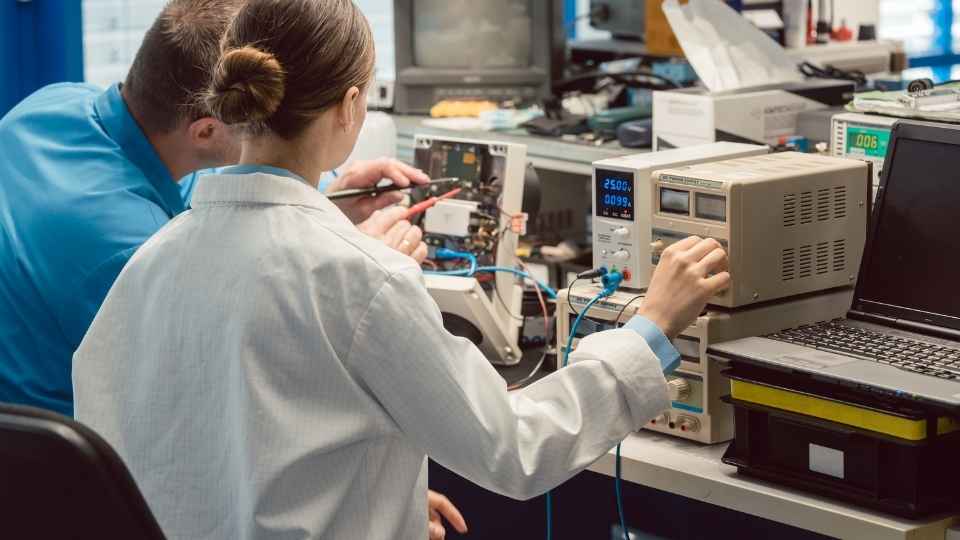
When it comes to freedom-seeking individuals who desire reliable measurement tools, understanding this distinction is key. Precise instruments ensure minimal variation and high accuracy in readings, providing confidence in the obtained results. On the other hand, sensitive instruments allow for a detailed analysis of subtle changes, enabling users to identify trends and make informed decisions.
Factors Affecting Measurement Precision
Moving on to the factors affecting measurement precision, there are several key variables that can influence the accuracy and reliability of measurements. Here are four important factors to consider:
Instrument Calibration: Ensuring that your measuring instrument is properly calibrated is crucial for precise measurements. Regular calibration helps maintain accuracy and correct any deviations or errors.
Environmental Conditions: The environment in which measurements are taken can significantly impact precision. Factors such as temperature, humidity, electromagnetic interference, and vibrations can introduce errors and affect measurement results.
Operator Skill: The skill level and expertise of the person operating the measuring instrument play a significant role in measurement precision. Proper training and understanding of the instrument's capabilities are essential for accurate readings.
Measurement Technique: The technique used to take measurements also affects precision. Consistent methods, proper probe placement, avoiding contact resistance, and minimizing external influences are vital for obtaining precise results.
Considering these factors when performing measurements ensures greater precision and reliable data for effective decision-making processes.

Choosing the Right Measurement Instrument for Your Needs
When selecting a measurement instrument, it's crucial to consider the specific needs of your application.
The choice between accuracy and precision must be carefully evaluated, as higher levels of accuracy often come at a higher cost.
Additionally, weighing the trade-off between functionality and cost is essential to ensure that the chosen instrument meets all necessary requirements without exceeding budget limitations.
Accuracy Vs. Precision
You should understand that accuracy and precision are two distinct concepts in the realm of measurement and instrumentation.
Accuracy refers to how close a measured value is to the true or accepted value, while precision relates to the consistency or repeatability of measurements.
Here are four key points to consider when discussing accuracy vs. precision:
Accuracy can be affected by systematic errors, such as calibration issues or instrument drift.
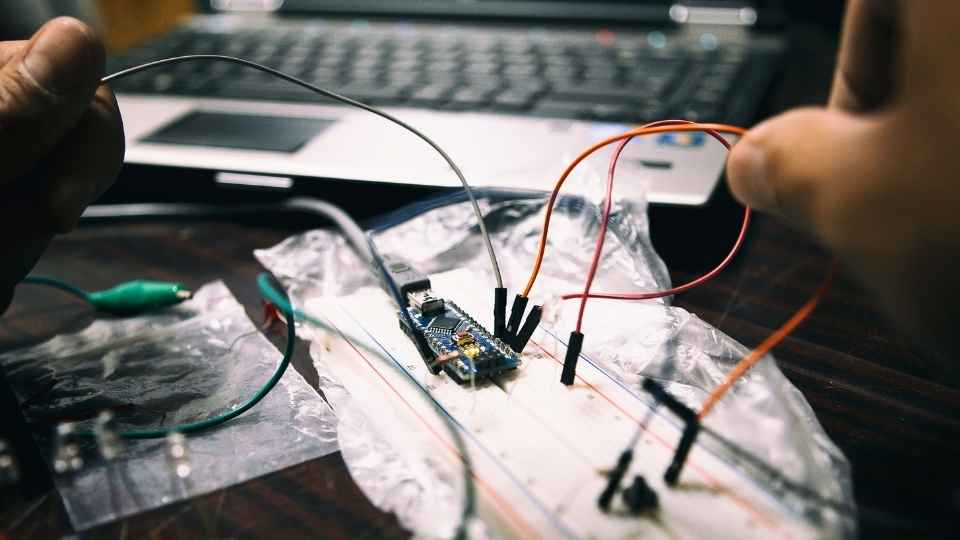
Precision is influenced by random errors, which can arise from factors like environmental conditions or human error.
It's possible for a measurement to be precise but not accurate if it consistently deviates from the true value.
To achieve both accuracy and precision, it's crucial to calibrate instruments regularly and minimize sources of error.
Understanding these distinctions will help you make informed decisions when selecting measurement instruments for your specific needs and ensure reliable results in your work.
Cost Vs. Functionality
Consider the trade-off between cost and functionality when selecting equipment for your specific needs. As an engineer, I understand the importance of finding a balance between these two factors. While cost is always a consideration, it shouldn't be the sole determining factor in choosing equipment.
Functionality plays a crucial role in ensuring that your work is efficient and accurate. Investing in high-functioning equipment may seem costly at first, but it can save you time and money in the long run by improving productivity and reducing errors.
It's important to carefully evaluate your requirements and prioritize features that are essential for your work. By considering both cost and functionality, you can make informed decisions that align with your goals while still maintaining financial freedom.

Tips and Tricks for Accurate Measurements
To ensure accurate measurements, it's important to calibrate your instruments regularly. Here are four tips and tricks that will help you achieve precise results:
Use a stable power source: Unstable voltage can affect the accuracy of your measurements. Make sure to use a reliable power source or consider using a battery-powered instrument.
Eliminate interference: Electromagnetic fields and other sources of interference can distort your measurements. Keep your instrument away from strong magnetic fields and minimize the use of nearby electronic devices.
Allow for warm-up time: Some instruments require a warm-up period before they provide accurate readings. Give your instrument enough time to stabilize before taking any measurements.
Check connections: Loose or faulty connections can introduce errors into your measurements. Regularly inspect and clean all cables, probes, and connectors to ensure proper contact.
Advancements in Measurement and Instrumentation Technology
Experience the latest advancements in measurement and instrumentation technology, which offer enhanced precision and accuracy for reliable data analysis. These cutting-edge developments revolutionize the field, providing scientists, engineers, and researchers with the tools they need to push boundaries and achieve breakthroughs.
With state-of-the-art multimeters, oscilloscopes, and current probes at our disposal, we can now obtain measurements with unparalleled levels of accuracy. The improved resolution allows us to capture even the smallest variations in electrical signals or physical quantities.
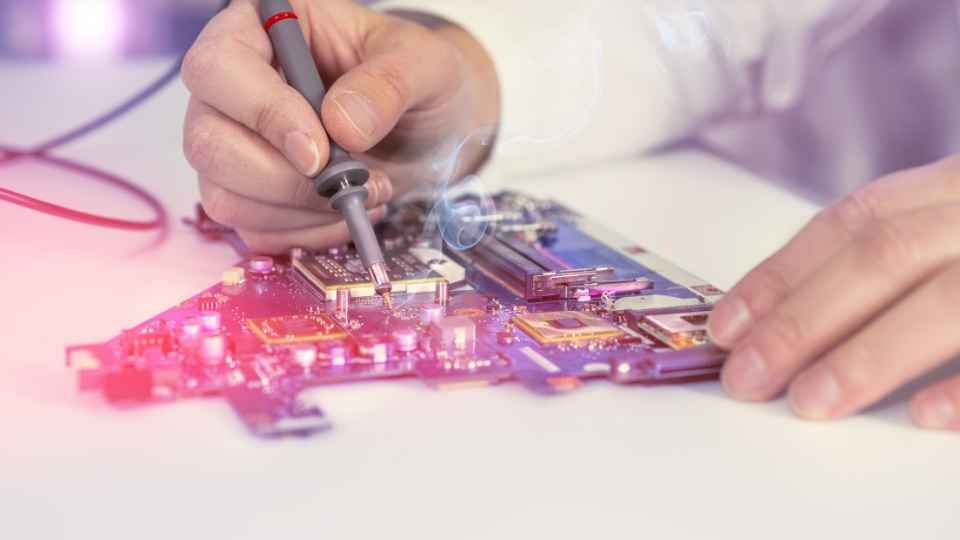
Furthermore, these advancements offer greater flexibility in terms of connectivity options and data management capabilities. This means that we've more freedom to customize our setups according to specific requirements and seamlessly integrate various instruments into a cohesive system.
As a result, we gain deeper insights into complex phenomena while saving time and effort on data collection and analysis tasks.
Frequently Asked Questions
Can I Use a Multimeter to Measure AC and DC Voltage?
Yes, you can use a multimeter to measure both AC and DC voltage. It is a versatile instrument that allows for accurate measurements of different types of electrical signals.
What Is the Difference Between an Analog and a Digital Oscilloscope?
The difference between an analog and a digital oscilloscope lies in their method of displaying waveforms. Analog oscilloscopes use a cathode ray tube, while digital oscilloscopes convert the signal into binary data for display on a screen.
How Can I Calibrate a Signal Generator for Accurate Frequency Output?
To calibrate a signal generator for accurate frequency output, I would carefully adjust the generator's internal settings and verify the output using a frequency counter or an oscilloscope. This ensures precise and reliable frequency measurement.
What Is the Maximum Current That a Current Probe Can Measure?
The maximum current that a current probe can measure depends on its specifications and design. It is important to consult the manufacturer's documentation for accurate information regarding the specific model being used.
Are There Any Measurement Instruments Available That Can Calculate Power Factor?
Yes, there are measurement instruments available that can calculate power factor. This is an important aspect in electrical systems as it determines the efficiency and quality of power consumption.
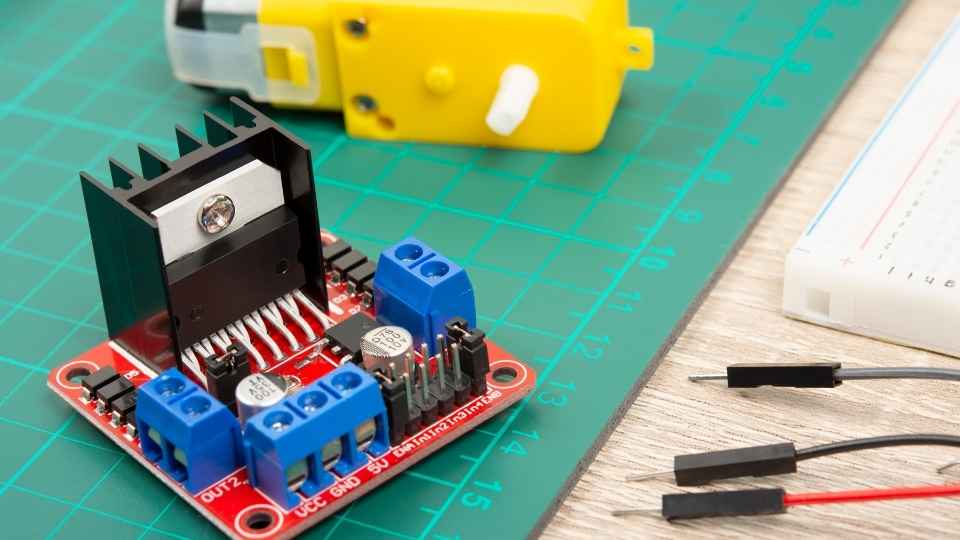
 Basic Electronics ConceptsEssential ToolsCircuit Design BasicsMicrocontrollersDIY Electronics ProjectsRoboticsPrivacy PolicyTerms And Conditions
Basic Electronics ConceptsEssential ToolsCircuit Design BasicsMicrocontrollersDIY Electronics ProjectsRoboticsPrivacy PolicyTerms And Conditions
